The 9/11 attacks shook the world when it happened. The crash of two airplanes hijacked by terrorists into the Twin Towers at the World Trade Center led to casualties of thousands of people. The massive attack had the place in ruins but after a couple of years, scientists discovered another boggling find in the remains of the towers, per CNN. A ship was reported to have been there for around 200 years. However, it was only in 2010, years after the 9/11 attacks that it was discovered. Four years after the discovery, archaeologists finally came to understand where the ship came from and what happened at the site.
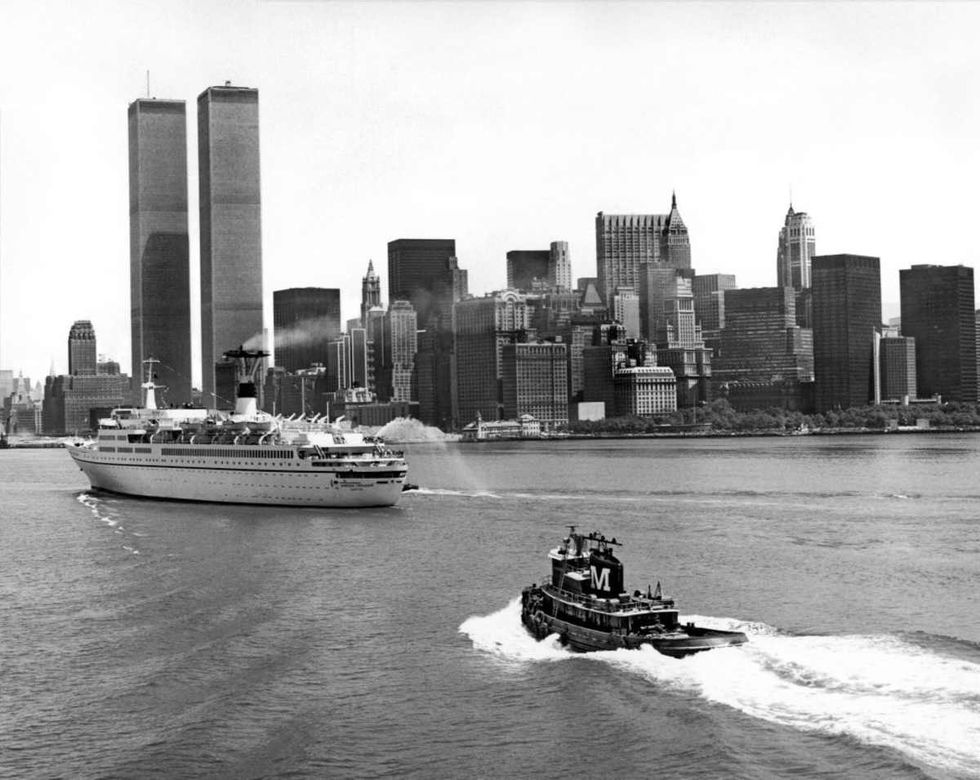
A unique observation made by archaeologists was that the hull of the ship consisted of traces of White Oak, which came from colonial Philadelphia. “An old-growth forest in the Philadelphia area supplied the white oak used in the ship’s frame and.….the trees were probably cut in 1773 or so – a few years before the bloody war that established America’s independence from Britain,” per a statement from the scientists. Further research revealed that the sample matched most closely with Oak trees in Philadelphia from the 18th century. The wood also showed a close resemblance to that of those used to make the Philadelphia Independence Hall.
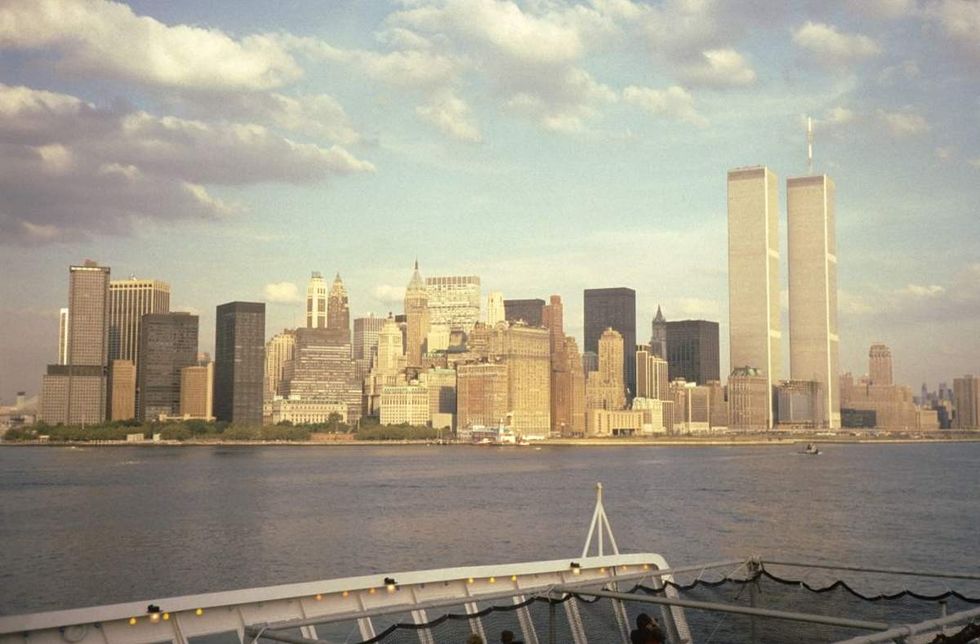
All the information probed further investigation which gave temporary assumptions and findings. One of these was the identification of the ship as the Hudson River Sloop, per Lamont-Doherty Earth Observatory of Columbia University. It was designed by the Dutch to carry people and cargo. It is believed to have been made during the colonial period and has ventured for around 20 to 30 years. There is no evidence as to how the ship met its fate — whether by sinking, an accident or some other reason. However, it was gradually buried by trash and heavy landfills until the Twin Towers were constructed later.
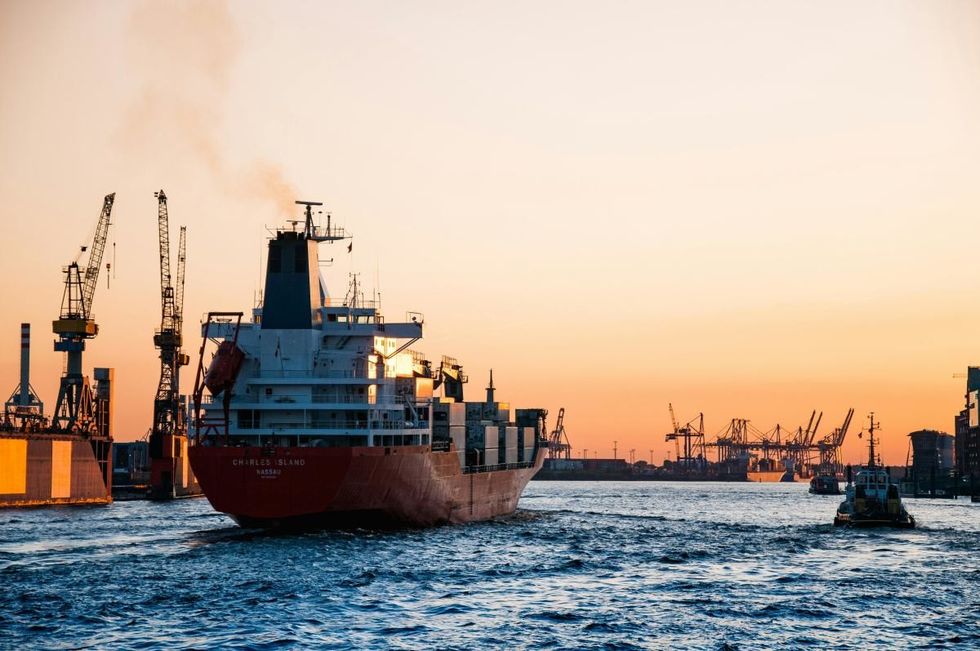
The ship was found where the Twin Towers once lay back in the early aughts. Mysteriously, there were no traces found of the same during its construction. “Early one morning, we were monitoring and suddenly saw this curved timber come up. It was clear to me that it was part of a ship, so we stopped the backhoes and started hand digging,” Molly McDonald, an archeologist who was part of the team that discovered the ship, told CNN. The discovery of the shipwreck holds vast potential for further historical studies. It opens up significant scope for learning and gathering additional data.
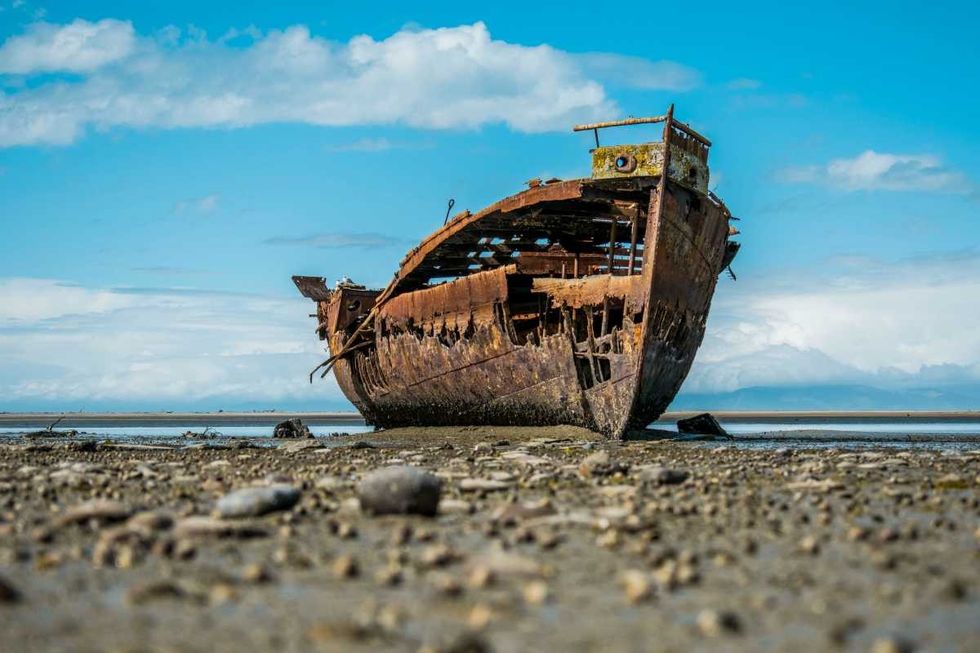
“It’s such an intense site already based on its recent history, so to be in the midst of this urban, modern, very fraught location, and then to be sitting on what was a river bottom, with clams and fish, and the smell of low tide, was really an amazing juxtaposition,” McDonald remarked. Jason Conwall, spokesman for Empire State Development, shared, “We’re working on potential options for the future which could potentially include preservation of the ship, but right now, set plans are still being determined.”
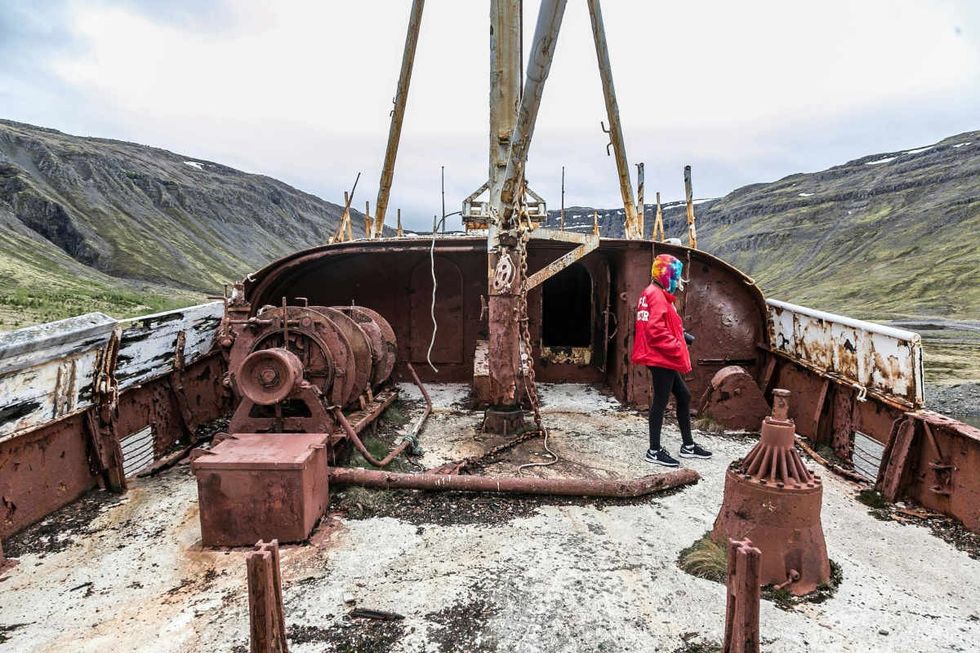


















 Pictured: The newspaper ad announcing Taco Bell's purchase of the Liberty Bell.Photo credit: @lateralus1665
Pictured: The newspaper ad announcing Taco Bell's purchase of the Liberty Bell.Photo credit: @lateralus1665 One of the later announcements of the fake "Washing of the Lions" events.Photo credit: Wikimedia Commons
One of the later announcements of the fake "Washing of the Lions" events.Photo credit: Wikimedia Commons This prank went a little too far...Photo credit: Canva
This prank went a little too far...Photo credit: Canva The smoky prank that was confused for an actual volcanic eruption.Photo credit: Harold Wahlman
The smoky prank that was confused for an actual volcanic eruption.Photo credit: Harold Wahlman
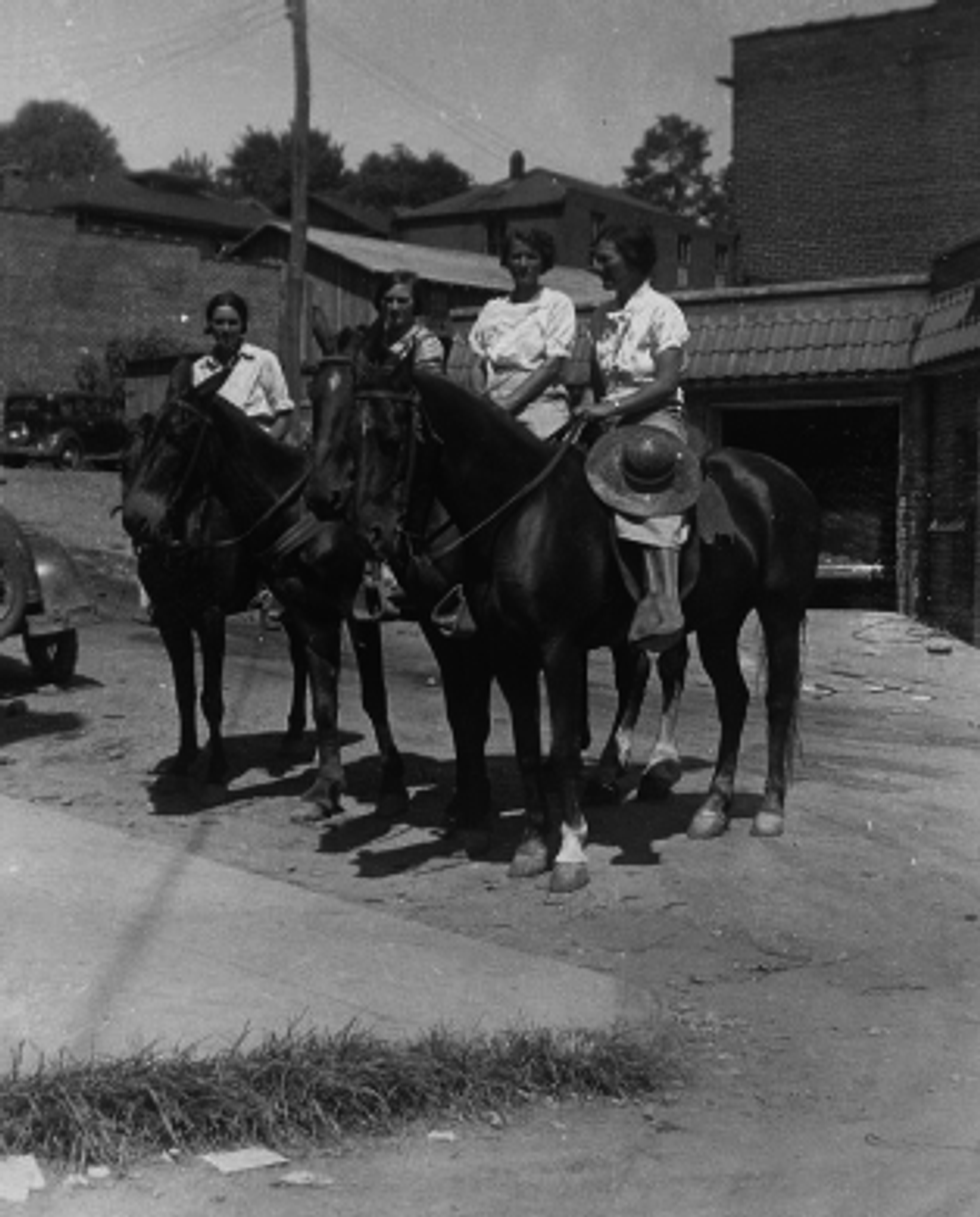 Packhorse librarians ready to start delivering books.
Packhorse librarians ready to start delivering books.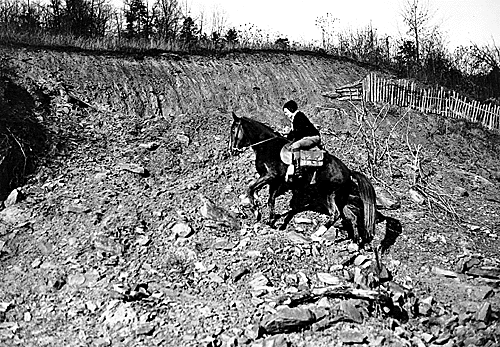 Pack Horse Library Project - Wikipedia
Pack Horse Library Project - Wikipedia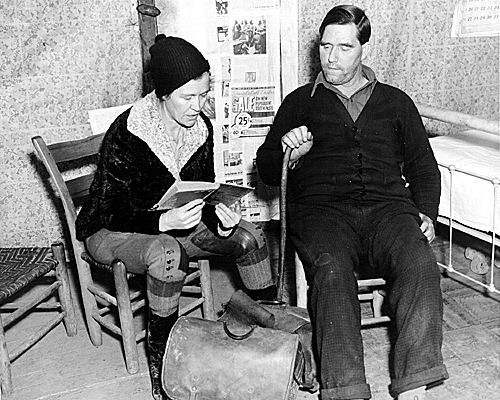 Packhorse librarian reading to a man.
Packhorse librarian reading to a man.
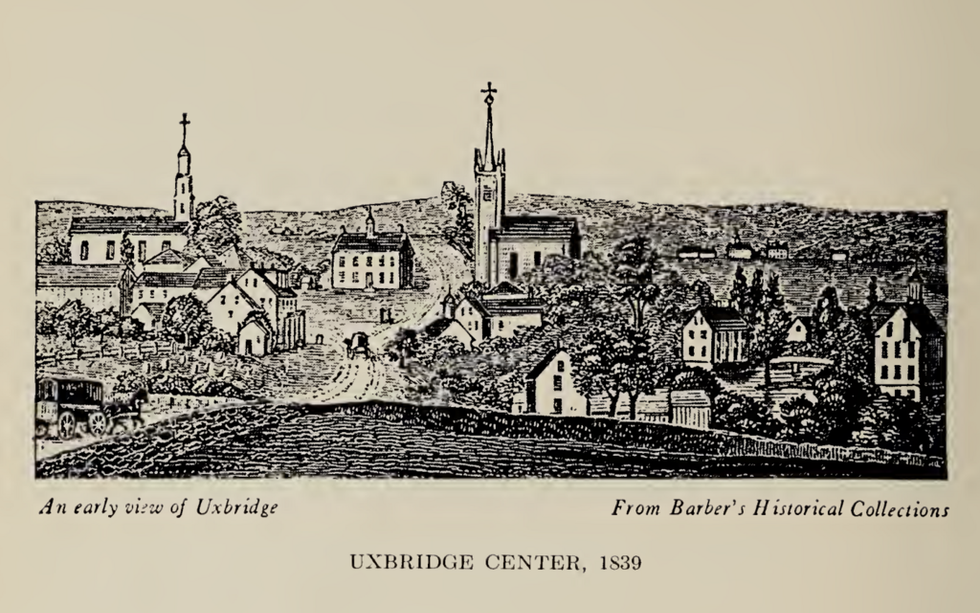 Fichier:Uxbridge Center, 1839.png — Wikipédia
Fichier:Uxbridge Center, 1839.png — Wikipédia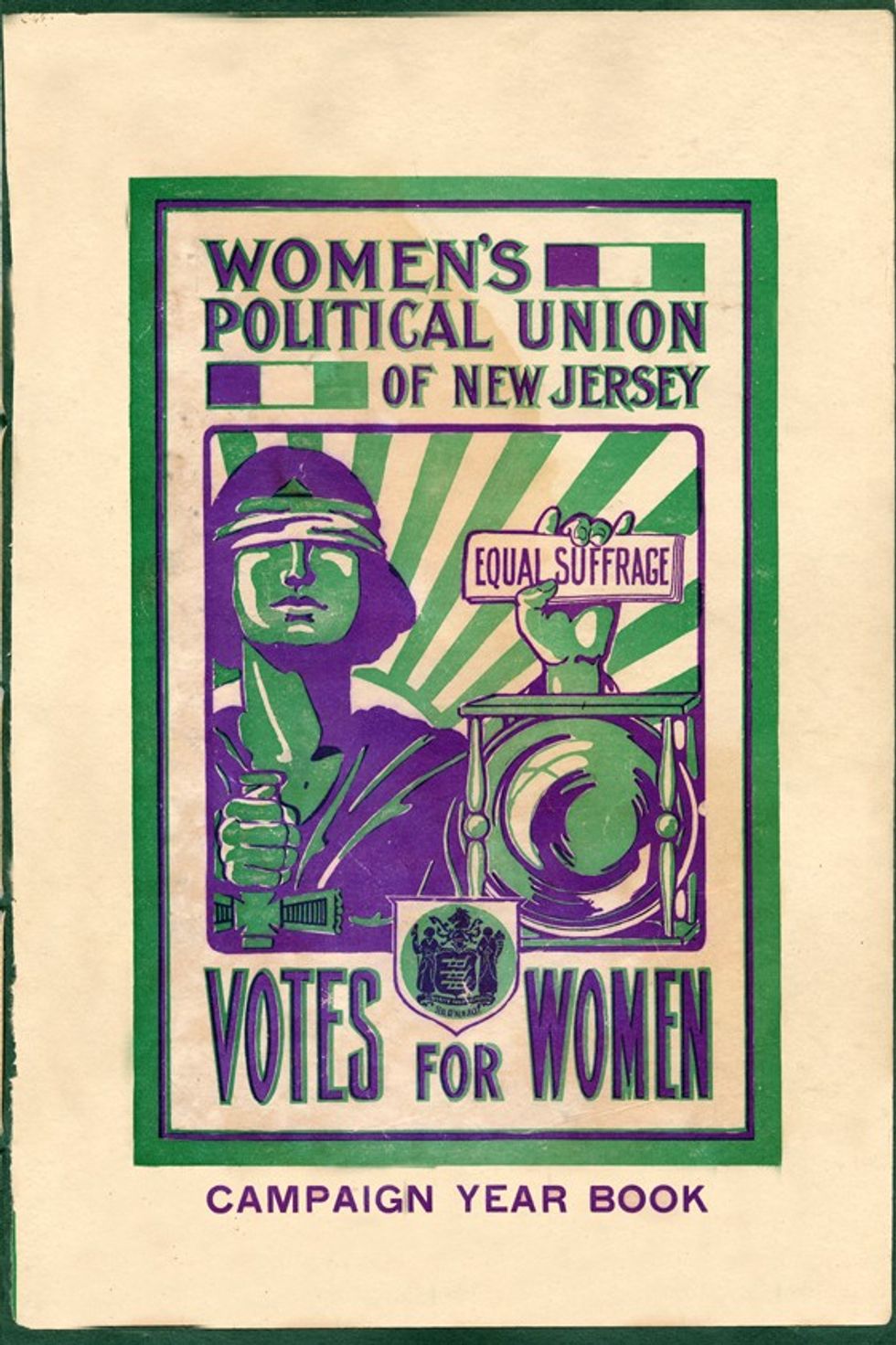 File:Women's Political Union of New Jersey.jpg - Wikimedia Commons
File:Women's Political Union of New Jersey.jpg - Wikimedia Commons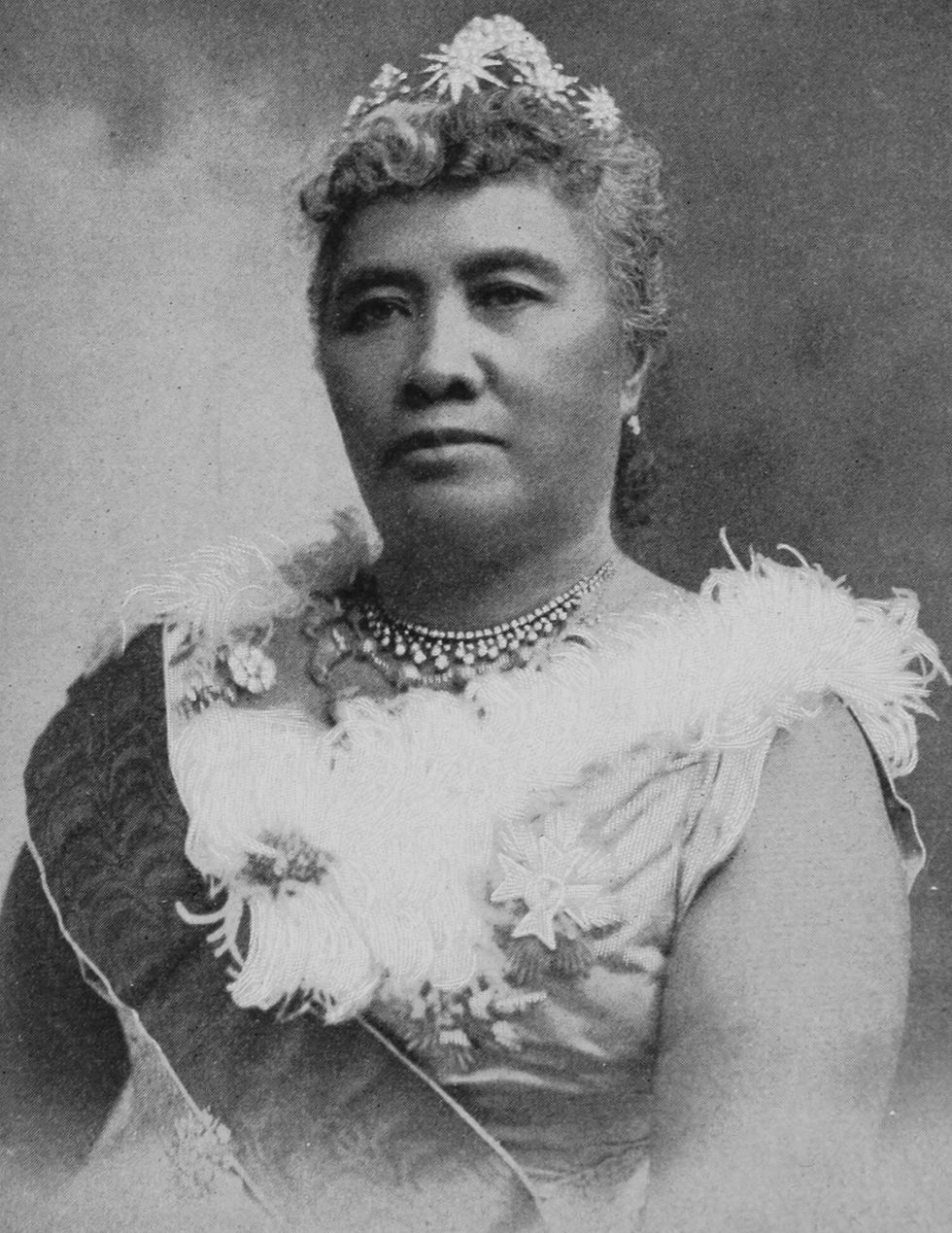 File:Liliuokalani, photograph by Prince, of Washington (cropped ...
File:Liliuokalani, photograph by Prince, of Washington (cropped ...
 Theresa Malkiel
commons.wikimedia.org
Theresa Malkiel
commons.wikimedia.org
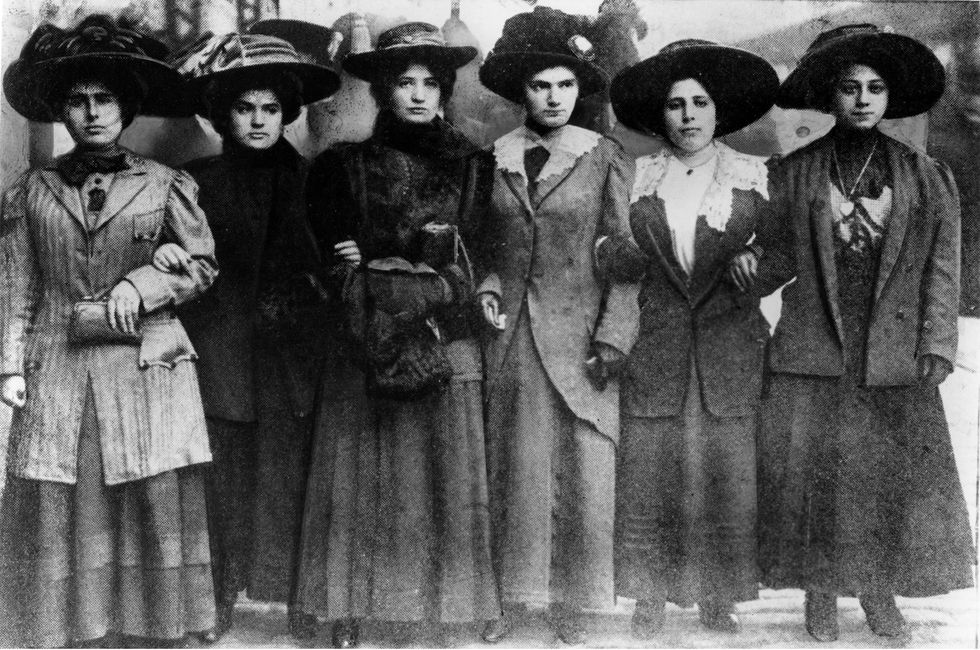 Six Shirtwaist Strike women in 1909
Six Shirtwaist Strike women in 1909
 U.S. First Lady Jackie Kennedy arriving in Palm Beach | Flickr
U.S. First Lady Jackie Kennedy arriving in Palm Beach | Flickr
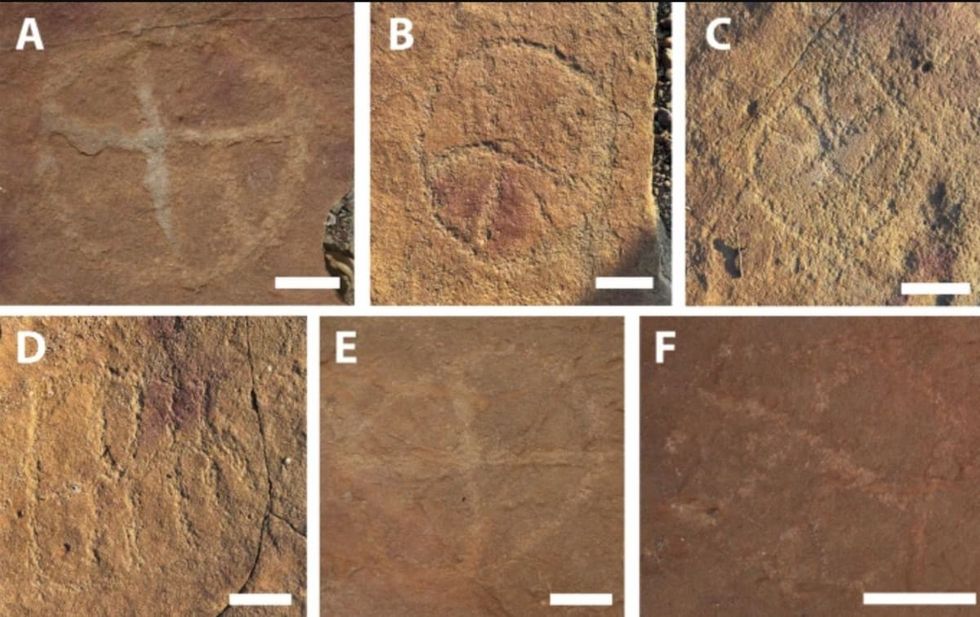 Image Source:
Image Source: 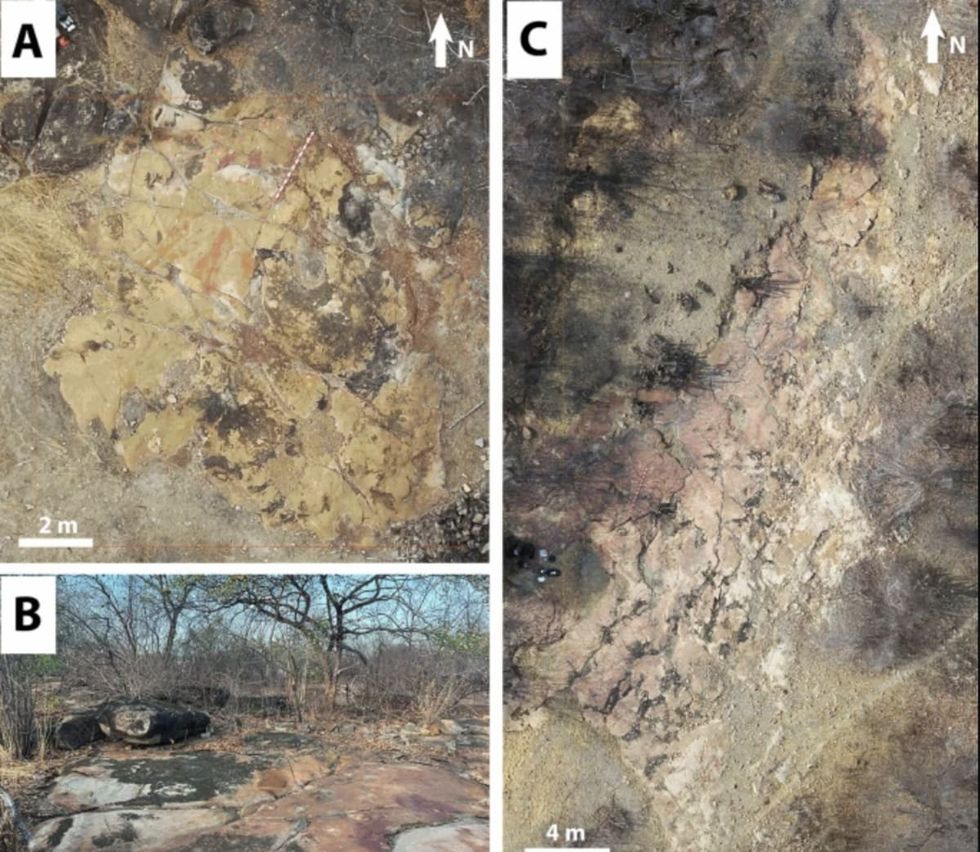 Image Source:
Image Source: 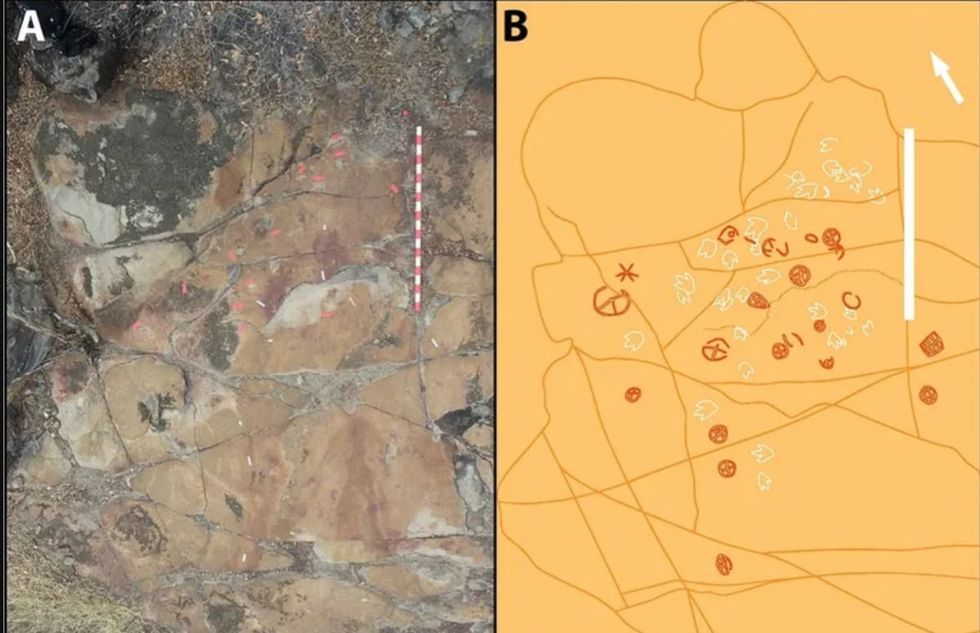 Image Source:
Image Source: 